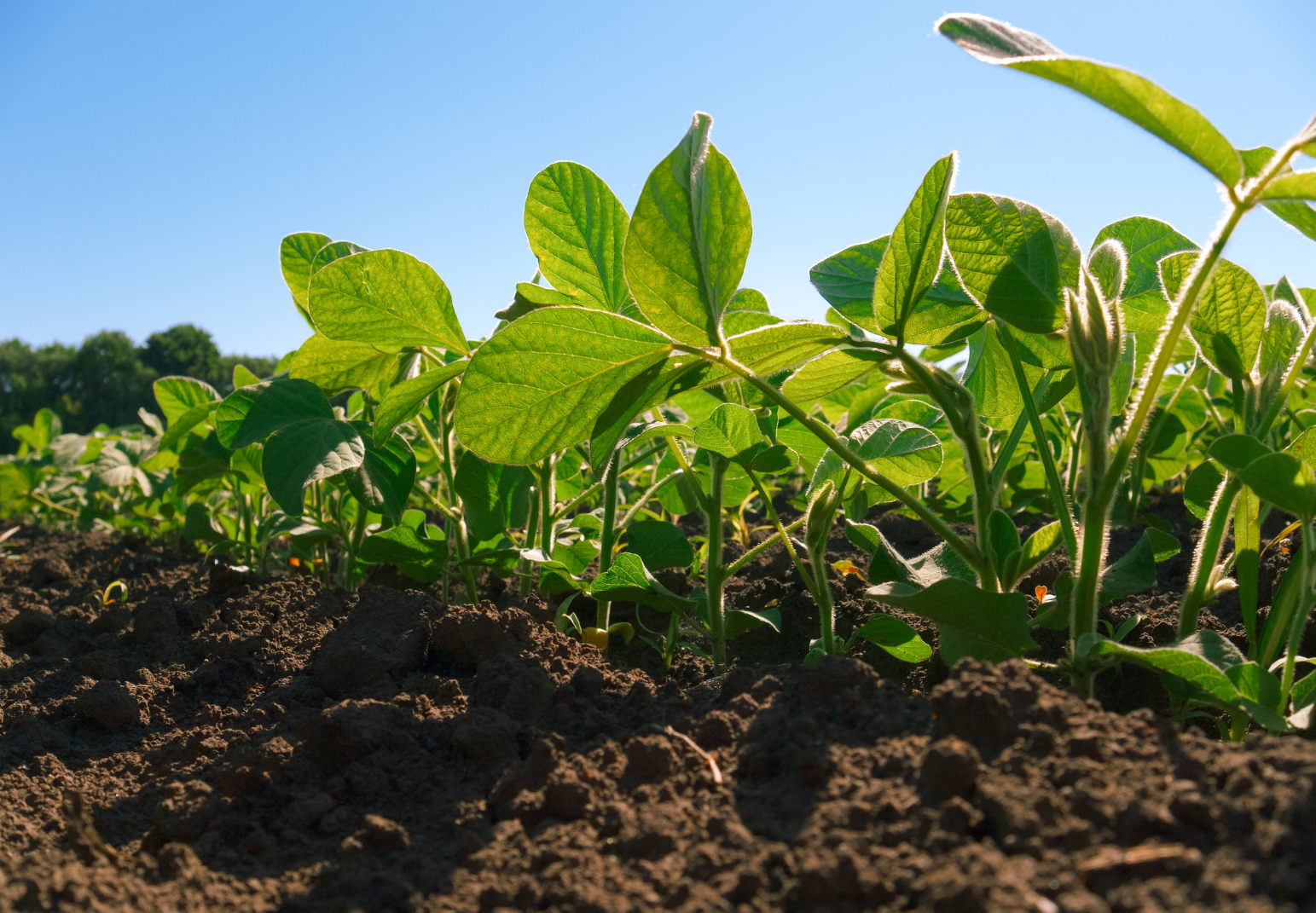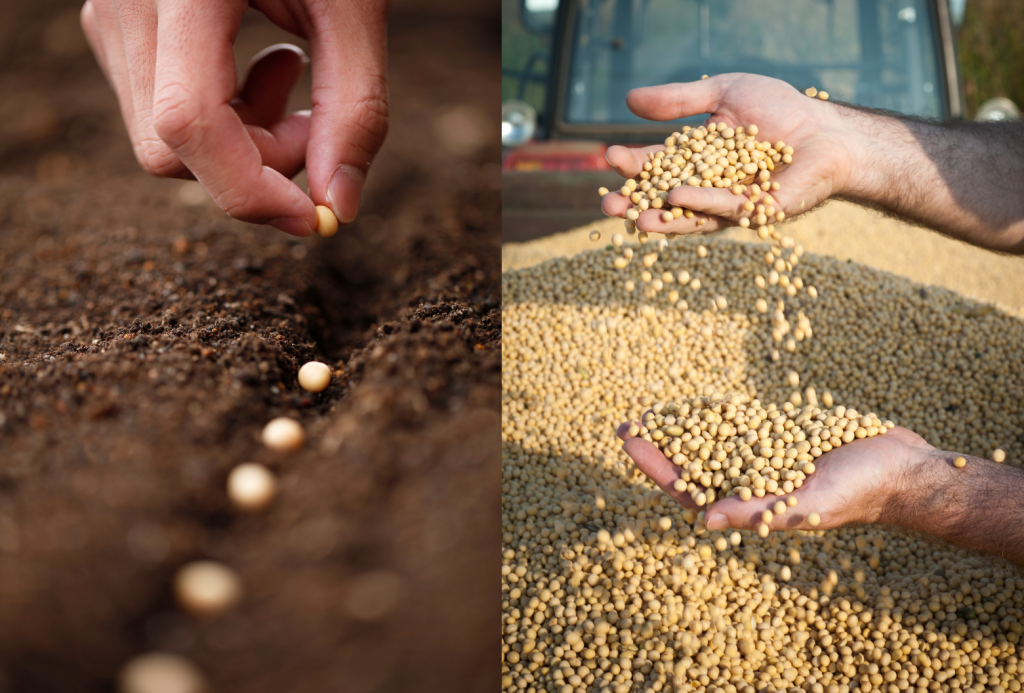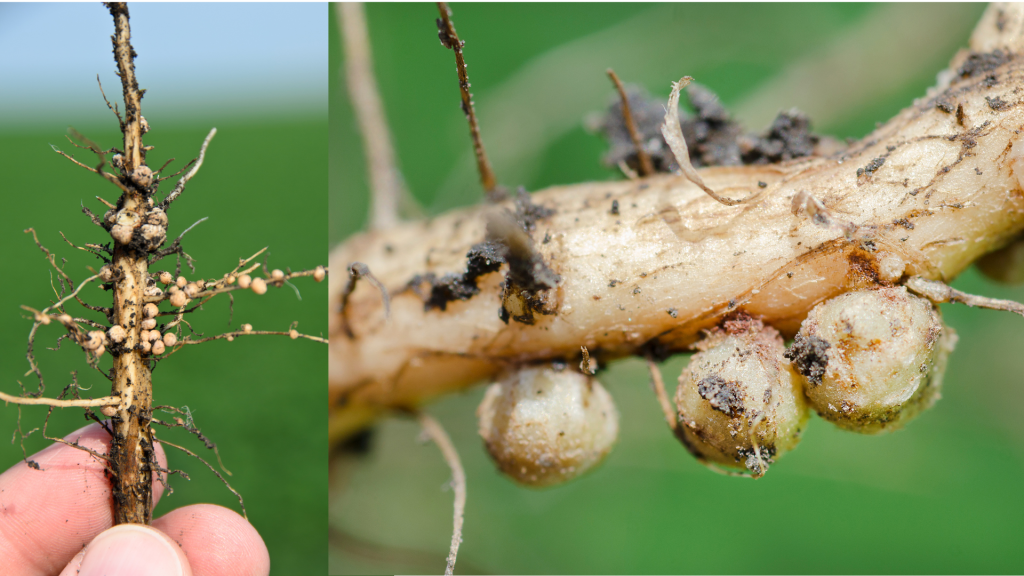Soybean Pre-Planting Practices: Soil Preparation and Planting Dates and Distances

This post is also available in:
This post is also available in:
![]() Deutsch (German)
Deutsch (German) ![]() हिन्दी (Hindi)
हिन्दी (Hindi)
How to prepare your field before planting soybean
Planting Equipment for Soybean
Ensure you inspect, repair, and calibrate your planting equipment before the planting season commences. To achieve optimal soybean yields, it is essential to maintain uniform seed spacing and depth. Follow the instructions specific to your drill or planter, verifying correct calibration and proper functionality for accurate seed metering and uniform stand establishment.
Field drainage
To maximize soybean yields, farmers need to pay close attention to field drainage. Well-drained soil is essential as it enhances soybean yields. Loose, aerated soil facilitates air reaching the roots and nitrogen-fixing nodules, increases water-holding capacity, and ultimately reduces erosion. Additionally, utilize yield monitor data to assess the impact of drainage challenges affecting yields.
Soil pH
To ensure optimal nutrient availability for soybeans, it is important to take soil samples for nutrient and pH analysis. Nutrient limitations in the soil can have negative effects on water transport, photosynthesis, and the production of protein, oil, and carbohydrates in plants. Therefore, it is crucial to maintain a proper soil pH. For soybeans, a targeted soil pH of 6.5 should be aimed to promote ideal nutrient availability.
Weed Control in Soybean – How to control Striga in Soybean
In some cases, the growth of winter and spring annual weeds can pose
problems at planting time. Dense weed growth can affect seedbed quality and timely planting. The fall application of a residual herbicide may reduce your spring workload as well as increase the opportunity for more timely planting.
Improving soil fertility and health with crop rotation
Avoid consecutive soybean planting in the same field to practice crop rotation. Rotating with other crops is beneficial as it helps break disease cycles, reduce pest pressure, and improve soil health.
When grown in rotation with maize, soybean serves as a catch crop in controlling Striga hermonthica, a parasitic weed that attacks maize. It improves soil fertility and fixes nitrogen in the soil for the succeeding maize, accomplishing this by causing suicidal germination of Striga.
Soybean Seed Treatment and its Uses
Planting Date – When to plant soybean?
Determining the optimal planting time for soybeans is challenging because of unpredictable weather patterns. Nevertheless, researchers recommend planting full-season soybeans as early as possible, considering your specific area and season. It is important to be cautious about planting soybeans extremely early, as the risk of cool-weather diseases in cold, damp soils and frost after leaf emergence may outweigh any potential yield gains.
Planting depth of soybean seeds
To optimize stand establishment and maximize yield, it is recommended to plant soybean seeds at a depth of approximately 1.5 inches below the surface. However, due to the use of modern wide planters and variations in soil surfaces, achieving a precise depth can be challenging, resulting in a range of planting depths between 1 and 2 inches. It is essential to strive for greater uniformity in planting depth, as it increases the likelihood of successful stand establishment and maximizes yield potential.

Germination Soil Temperature for Soybean Seeds
Soil temperature remains an important determinant of bean germination. Soil temperatures below 50 degrees will delay germination and impact final plant population. While soybeans begin the germination process when soil temperatures are slightly below 50 degrees, most experts suggest planting when soil temperatures are at least 50 degrees and trending upwards at planting depth.
Pre-planting Fertilization in Soybean
Nitrogen application
Consider applying 25 to 50 pounds per acre of nitrogen (N) in the form of diammonium phosphate (DAP) or ammonium sulfate, either by banding in the row area or across the entire field or top dressing with urea. Soybean plants fix most of their required N. However, during the later reproductive growth stages when the plant needs this nutrient most, the nodules’ efficiency at producing N tends to decrease.
Micronutrient application
To determine the value of applying additional iron or manganese, analyze soil types and pH soil maps. In some field areas, the availability of micronutrients is decreased due to soil pH, which may silently impact yield. Correcting the pH can potentially solve the problem.
● For micronutrient management, utilize scouting records and yield monitor data.
● To determine if foliar-applied iron, manganese, or lime could help eliminate the yield-limiting factor and monitor soybean fields during periods of stress.
Further reading
Soybean Diseases and Management Practice
Soybean Pests and their Management Practices
Soybean Seed Treatment and its Uses
Soybean Pre-Planting Practices: Soil Preparation and Planting Dates and Distances
References
https://www.researchgate.net/publication/340230116_Soybean_Production_Versatility_and_Improvement
https://soybeanresearchinfo.com/wp-content/uploads/2020/08/IL-Soybean-Production-Guide.pdf









































































